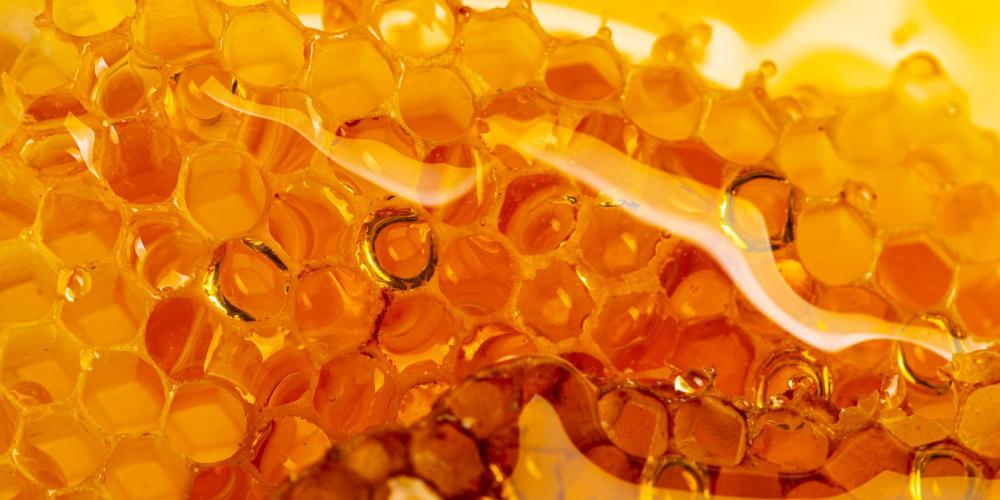
What's All The Buzz About Honey
From Active Honey to Mānuka Honey to Active Mānuka Honey to honey from herb fed bees to Antiseptic Honey and acronyms including UMF and MGO as well as talk of hydrogen peroxide content...who knew this oh so sweet product could be oh so confusing.
Here we share the low down on the meanings behind all the jargon, some of the amazing benefits and a few of our Victoria Health favourites:
Active Honey
Active honey is honey that has been tested and certified by an independent laboratory to possess "antibacterial activity."
Mānuka Honey
Mānuka honey is produced by bees from the nectar of the native New Zealand Manuka tree (Leptospermum scoparium). Mānuka Honey is world renowned for its unique characteristics. Mānuka honey is the first honey to be extensively researched and recognised for its remarkable qualities.
Antiseptic Honey
The healing property of honey is due to the fact that it offers antibacterial activity, maintains a moist wound condition, and its high viscosity helps to provide a protective barrier to prevent infection. Its immunomodulatory property is relevant to wound repair too.
Herb Fed Bees
Unique to Life Mel, their product is made by honeybees fed on a specially formulated diet which includes selected herbs such as Siberian Ginseng, Echinacea and Uncaria Tomentosa. Life Mel is natural product and no ingredients are added after extraction from the hive.
MGO
MGO is a specific Manuka Honey Certification. The MGO rating system is based on the scientific evidence revealed in 2008 by Professor Thomas Henle and enables customers to make informed choices about the potency of honey they're buying. Not all Mānuka honey is equal - it is important to know that the level of methylglyoxal can vary greatly in Mānuka honey. The higher the number on the label, the better the health benefits and anti-bacterial properties are.
UMF
UMF™ is a complete and advanced grading system. It includes the measurement of MG (MGO) (methylglyoxal) levels, but also includes additional testing of authenticity markers of the Manuka Honey. The UMF number on the label represents the amount of MGO in the bottle. That number can range from UMF 5+ to UMF 20+. The higher the UMF rating, the more antibacterial activity Manuka honey has — and the more potent it is.
Shop all our honey products here
DISCLAIMER: The views, opinions and information expressed in this article and on Victoriahealth.com Ltd are those of the author(s) in an editorial context. Victoriahealth.com Ltd cannot be held responsible for any errors or for any consequences arising from the use of the information contained in this editorial or anywhere else on the site. Every effort is made by the editorial and content team to see that no inaccurate or misleading information, opinion or statement appear, nor replace or constitute endorsement from medical bodies or trials unless specified. Victoriahealth.com Ltd accept no liability for the consequences of any inaccurate or misleading data, information, opinion or statement. Information on Victoriahealth.com Ltd and in the editorials is provided for informational purposes only and is not intended as a substitute for the advice provided by your physician or other healthcare professional. You should not use the information on this website or in the editorials for diagnosing or treating a health concern or disease, or for the replacement of prescription medication or other treatment.